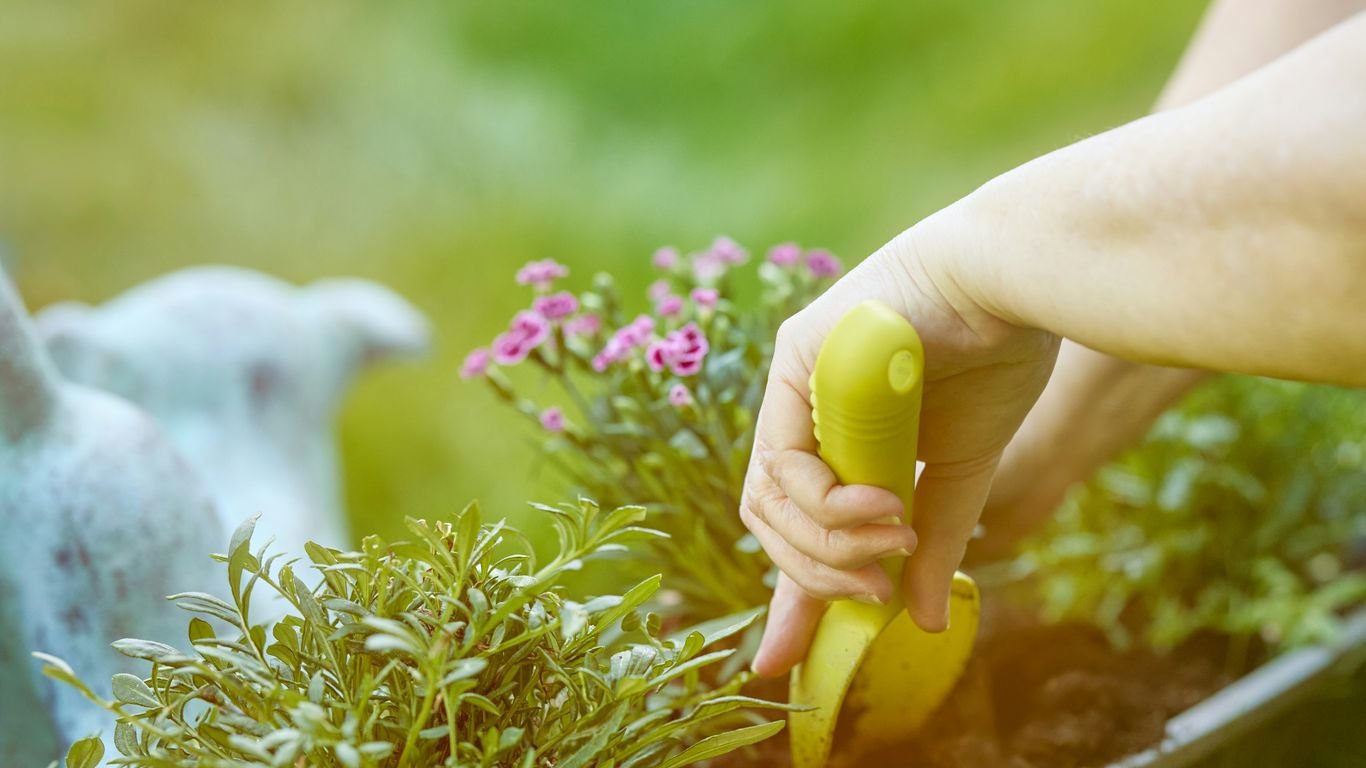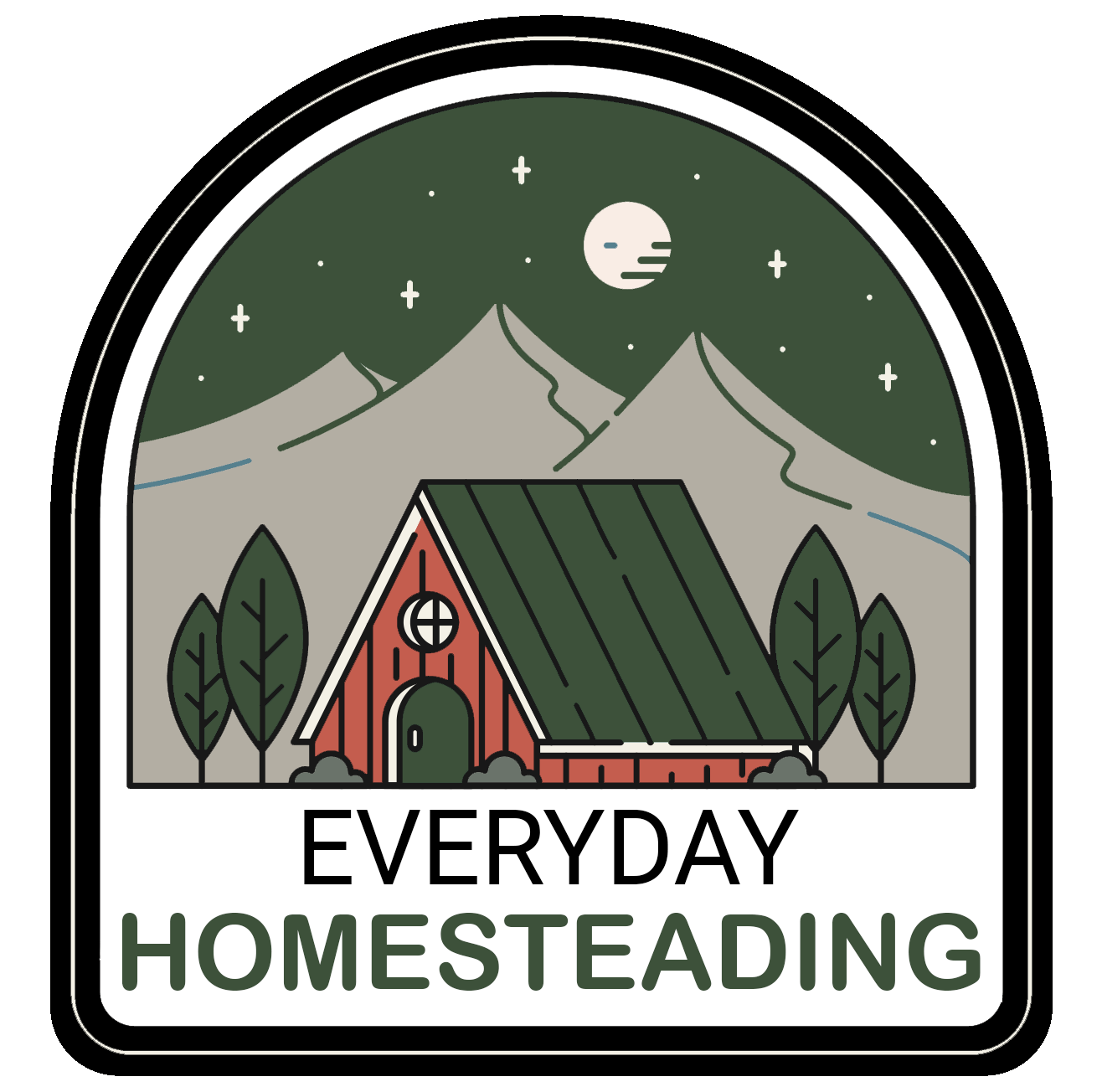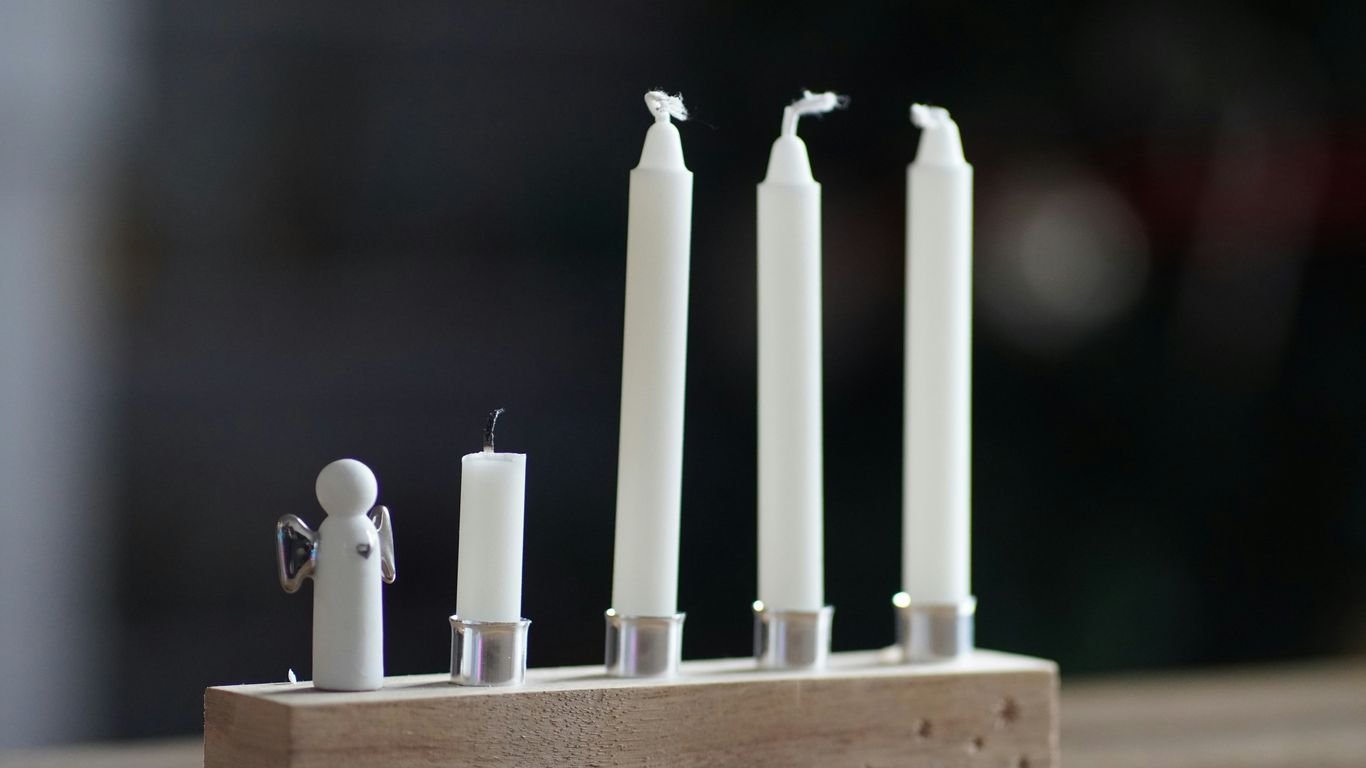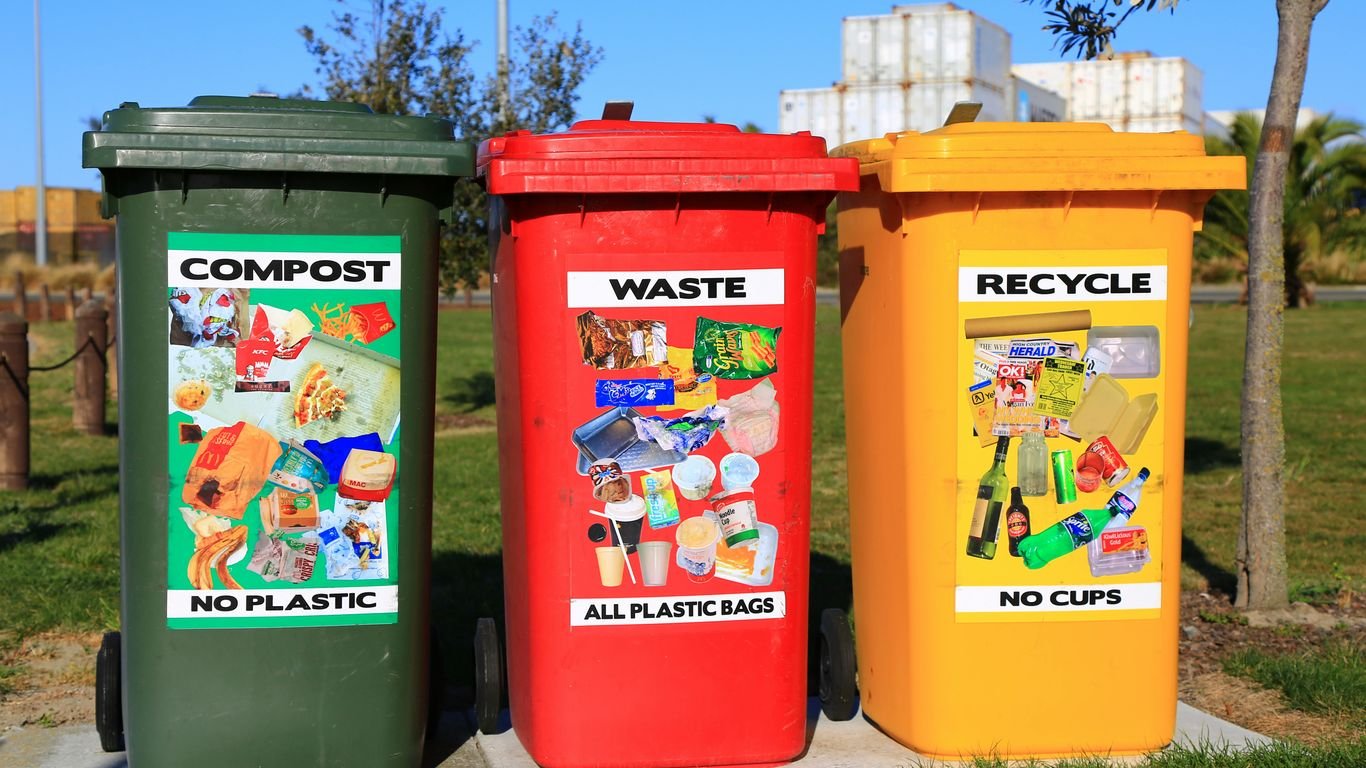Zone 6 February Gardening Guide: Seed Starting, Pruning, and Soil Prep

February in Zone 6 can feel like a waiting game, but there’s actually quite a bit we can do to get our gardens ready. We’re talking about getting a head start on seeds indoors, tidying up our tools, and prepping the soil so it’s happy when spring really kicks in. It’s a good time to plan, too, so we don’t end up with a tangled mess later on.
Key Takeaways
- Start long-season vegetables and flowers indoors now to give them a head start.
- Clean, sharpen, and organize all your garden tools so they’re ready for spring.
- Test your soil and start adding compost or other organic matter to improve its health.
- Prune dormant trees, shrubs, and roses to encourage healthy growth and remove dead branches.
- Plan your garden layout and crop rotation to make the most of your space and soil.
Getting Your Garden Ready For Spring
February is that in-between month, isn’t it? We’re still technically in winter, but the gardening itch is starting to get to us. It’s the perfect time to get a head start on preparing our outdoor spaces so we’re not scrambling when the real planting season kicks off. A little bit of work now can make a huge difference later on.
Clean and Organize Your Tools
Before we can even think about digging in the dirt, we need to make sure our tools are in good shape. Let’s be honest, most of us just toss our tools into the shed or garage after the last use, and they probably look a bit worse for wear. Now’s the time to give them some TLC. We should gather all our shovels, trowels, pruners, and hoes. A good scrub with a stiff brush and some soapy water will get rid of any caked-on mud. For metal parts, especially those that might have rusted a bit, a wire brush can work wonders. Once they’re clean and dry, it’s a good idea to sharpen any dull edges on pruners and shovels. A little oil on the metal parts will help prevent rust over the winter and keep them working smoothly. Having clean, sharp tools makes all the difference when you’re actually out in the garden. It’s also a great time to check for any broken handles or other damage and make repairs before we desperately need them.
Prepare Your Seed Starting Area
If you’re planning on starting seeds indoors this year, February is prime time to get your setup ready. This means gathering all your supplies: seed trays, pots, sterile seed-starting mix, labels, and of course, your seeds. We need to make sure we have adequate lighting. A sunny windowsill might work for some things, but many seedlings benefit from grow lights to prevent them from getting leggy. If you’re using grow lights, make sure they’re positioned correctly and that you have a timer to keep them on for the right amount of time each day. Heat mats can also be really helpful for certain seeds that need warmer soil to germinate. It’s also a good idea to have a plan for where these seedlings will live as they grow. They’ll need space and good air circulation. Thinking about this now, before you’ve got tiny seedlings everywhere, will save a lot of stress later.
Assess and Amend Your Soil
While the ground might still be too cold or wet to work extensively, we can still start thinking about our soil. If you haven’t done it before, now is a great time to get your soil tested. You can usually get a soil testing kit from your local cooperative extension office. Knowing your soil’s pH and nutrient levels will help you figure out what amendments it needs. Even without a test, we can start preparing our compost pile for the season. If you have compost ready, you can start thinking about how you’ll incorporate it into your garden beds later. We can also start gathering materials like shredded leaves or straw to add to the compost or to use as a top dressing later in the season. It’s all about building healthy soil, and that’s a process that starts long before planting day. Exploring deepening your gardening knowledge can really help here [07ee].
Starting Seeds Indoors

February is our prime time to get a jump on the growing season by starting seeds indoors. It might seem a bit early, but trust us, those little seedlings need a head start, especially in Zone 6. We want to get long-season vegetables like tomatoes, peppers, and eggplant going now so we have a decent harvest later on. These guys take their sweet time, so starting them indoors about six to eight weeks before our last expected frost is key. If the spring is unusually cold, it’s advisable to postpone sowing your seeds.
We also like to get some of our favorite flowers started inside. Think about things like snapdragons and begonias, which have a longer germination period. Starting them now means we’ll have beautiful blooms to look forward to when the weather warms up. And don’t forget about onions and leeks! They can be a bit slow to get going, so getting them started early indoors sets them up for success.
Here’s a quick rundown of what we usually get started indoors this month:
- Tomatoes: Aim for about 6-8 weeks before your last frost date.
- Peppers & Eggplant: Similar timeline to tomatoes, give them plenty of time.
- Onions & Leeks: These benefit from an early start, often 8-10 weeks before transplanting.
- Long-season Flowers: Such as snapdragons, petunias, and impatiens.
Getting your seed-starting setup ready is half the battle. Make sure you have good quality seed-starting mix (not just regular potting soil), clean containers or trays, and adequate lighting. Those leggy, weak seedlings we sometimes see? That’s usually a sign they weren’t getting enough light. We’ve found that grow lights make a huge difference in producing sturdy plants ready for the garden. You can find a good selection of seed starting supplies online.
Remember to label everything! It sounds simple, but when you have a dozen trays of tiny green sprouts, it’s easy to get confused. We use plastic labels and a permanent marker, and it saves a lot of guesswork later on. Happy seed starting!
Outdoor Tasks for Zone 6

As February rolls in, we in Zone 6 start to feel that little tickle of spring anticipation. While the ground might still be too soggy to walk on, there are definitely things we can get done outside on those warmer, drier days. It’s all about being prepared so we can hit the ground running when the weather really starts to cooperate.
Direct Sow Cool-Weather Crops
If we get lucky with a few mild, dry days, we can actually start sowing some seeds directly into the garden beds. Think about spinach, lettuce, and peas. The key here is that the ground needs to be workable, not frozen or waterlogged. We don’t want to be stomping around in mud, as that can really mess up the soil structure. If the soil is firm enough, though, getting these cool-weather crops in early means we get to enjoy them sooner. It’s a small step, but it feels like a big win when you’re itching to garden.
Prune Dormant Trees and Shrubs
February is a prime time for pruning, especially for trees and shrubs that are still dormant. This is when we can really see the structure of the plants without all the leaves. We want to remove any branches that are dead, damaged, or diseased. This not only keeps the plant healthy but also helps shape it for the growing season ahead. If you have fruit trees, pruning now can encourage better fruit production later on. Just make sure your pruners are sharp and clean before you start, and clean them between cuts to avoid spreading any potential diseases. It’s also a good time to think about applying dormant oil spray if you’ve had issues with overwintering pests in the past.
Check on Perennials Under Snow
If we’ve had snow cover, it’s actually doing a pretty good job of insulating our perennials. However, it’s worth taking a peek on a milder day. We want to make sure the snow isn’t too compacted, which could prevent air circulation. If you see areas where snow has piled up and become dense, you can gently fluff it up a bit. This helps protect the plants underneath and prevents any potential suffocating. For borderline hardy plants, adding a bit of mulch or chopped leaves around their root zones in the fall, like we do for Zone 5 plants, can give them that extra bit of protection through the winter months.
Pruning and Plant Care

Now’s a good time to get out there and do some pruning. We want to get our plants in shape before they really start putting on new growth. It’s also a great way to tidy things up and remove any winter damage.
Prune Roses and Fruit Trees
We should be looking at our roses and fruit trees. If you’ve got any dead, damaged, or crossing branches, now is the time to cut them out. For fruit trees, especially apples, a good late-winter cleanup is beneficial. Make sure your pruning tools are sharp and clean before you start – it makes a big difference and helps the plant heal better. For roses, we’re generally looking to remove any weak or spindly growth and shape the plant. Don’t be afraid to be a bit aggressive with dormant plants; they can take it.
Shape Ornamental Shrubs
Many of our ornamental shrubs can also benefit from a trim. If you have shrubs that bloom on new wood, like some hydrangeas or spirea, you can prune them back fairly hard now. This encourages vigorous new growth and, consequently, more blooms. However, be careful with shrubs that bloom on old wood – you don’t want to cut off next year’s flowers! For shrubs grown mainly for their foliage or structure, like boxwoods, we can trim them to maintain their shape. We’re also keeping an eye out for any early bloomers like witch-hazel or pussy willows; we can take cuttings from these for forcing indoors once their buds start to swell.
Remove Dead or Damaged Branches
This is a general rule that applies to all our trees and shrubs. After winter storms, it’s common to find branches that are broken, split, or just plain dead. We need to get these removed. Use sharp loppers or a pruning saw, depending on the size of the branch. Make clean cuts back to healthy wood or to the main trunk or branch collar. This not only makes the plant look better but also prevents disease from setting in and stops the damaged branches from becoming a hazard. We should also remove any suckers growing from the base of trees or water sprouts that shoot straight up from branches. They tend to drain energy from the main plant.
Soil Preparation and Mulching

Now is a great time to really focus on our garden soil. We want to make sure it’s in the best shape possible for the upcoming growing season. This involves a few key steps to get things ready.
Test Your Soil’s pH and Nutrients
Before we start adding things, it’s smart to know what our soil actually needs. We can collect soil samples from different parts of our garden – like the vegetable patch versus the flower beds – and send them off for testing. This tells us about the pH level and what nutrients might be low. Knowing this helps us avoid adding things we don’t need and focus on what will make the biggest difference. We can usually get kits from local garden centers or extension offices.
Incorporate Compost and Organic Matter
Once we know what our soil needs, we can start amending it. This is where our compost pile really shines! We want to spread a good layer of compost, aged manure, or shredded leaves over the garden beds. Then, we’ll gently work it into the top few inches of soil using a hoe or rake. Adding this organic matter is fantastic for improving soil structure, helping it hold moisture better, and providing food for our plants throughout the season. It really makes a difference in how well things grow.
Apply a Fresh Layer of Mulch
After we’ve prepped the soil, putting down a fresh layer of mulch is a smart move. Mulch helps keep moisture in the soil, suppresses weeds that are just starting to think about popping up, and regulates soil temperature. We can use things like shredded bark, straw, or wood chips. Aim for a layer that’s a couple of inches thick. This not only benefits the plants but also gives the garden beds a nice, tidy look as things start to wake up.
Planning for the Growing Season
Now that we’ve got our tools ready and our seeds started, it’s time to really think about what we want to grow and where. This is where we lay the groundwork for a successful garden.
Sketch Out Your Garden Layout
Before we buy a single plant or seed, we should really take a moment to map out our garden space. Think about how much sun each area gets throughout the day, where the water source is, and how much time we realistically have for tending to everything. A good plan prevents overcrowding and ensures plants have the space they need to thrive. We don’t want to end up with a tangled mess later on, right? Consider companion planting too – some plants help each other out!
Plan Your Crop Rotation
This is something we might not think about much, but it’s pretty important for keeping our soil healthy and preventing pests and diseases. Basically, we don’t want to plant the same type of crop in the same spot year after year. This helps replenish nutrients and breaks the cycle of soil-borne issues. We should aim to rotate plant families. For example, if we grew tomatoes (nightshade family) in a spot last year, we shouldn’t plant peppers or potatoes there this year. We can group our plants like this:
- Legumes (beans, peas)
- Brassicas (broccoli, cabbage, kale)
- Nightshades (tomatoes, peppers, eggplant)
- Root Vegetables (carrots, beets, potatoes)
- Alliums (onions, garlic, leeks)
We can then rotate these groups through different sections of the garden each year. It sounds like a lot, but even a simple rotation makes a big difference.
Order Seeds and Supplies Early
February is the perfect time to get our seed orders in. Popular varieties and heirlooms can sell out fast, and we don’t want to miss out on those special plants we’ve been dreaming about. Getting our orders in now means we’ll have exactly what we want when planting time rolls around. This also gives us a chance to look for new and interesting varieties we haven’t tried before. Beyond seeds, let’s also check if we need any new pots, soil amendments, or tools. Getting everything organized now saves us a last-minute scramble later.
Wrapping Up Our February Garden Prep
So there we have it! We’ve covered getting our seeds started indoors, giving our trees and shrubs a good trim, and making sure our soil is ready to go. It feels good to get these tasks done before things really start to take off outside. Remember, staying on top of these early steps really makes a difference for the whole growing season. We’re setting ourselves up for a great year in the garden, and honestly, it’s kind of exciting to think about what’s coming next. Keep an eye on the weather, and we’ll be digging in for real before we know it.
Frequently Asked Questions
When should we start our long-season vegetable seeds indoors?
We can start seeds for vegetables that need a long time to grow, like onions and leeks, indoors in February. This gives them a head start before the weather gets warmer for planting outside.
What kind of flowers can we start indoors this month?
We can start many of our favorite flowers indoors in February. This includes flowers like marigolds, zinnias, and snapdragons, which will be beautiful additions to our gardens later on.
What outdoor tasks are we doing in Zone 6 in February?
In Zone 6, we can start planting seeds for cool-weather crops directly into the ground if the soil is workable. We also need to prune trees and shrubs while they are still dormant and check on our perennial plants that are covered by snow.
How do we prepare our soil in February?
We should test our soil to see what it needs. Then, we can add compost or other good stuff to make it rich and healthy for planting. Putting down a fresh layer of mulch also helps keep weeds away and keeps the soil moist.
Why is it important to plan our garden layout and crop rotation?
Planning our garden layout and deciding which crops to plant where each year helps make sure our soil doesn’t get too tired. Rotating crops prevents the same nutrients from being used up in the same spot year after year.
What should we do with our garden tools in February?
We need to get our garden tools ready for the busy spring season. This means cleaning them, sharpening them so they cut well, and making sure they are organized in our tool shed so we can find what we need easily.






